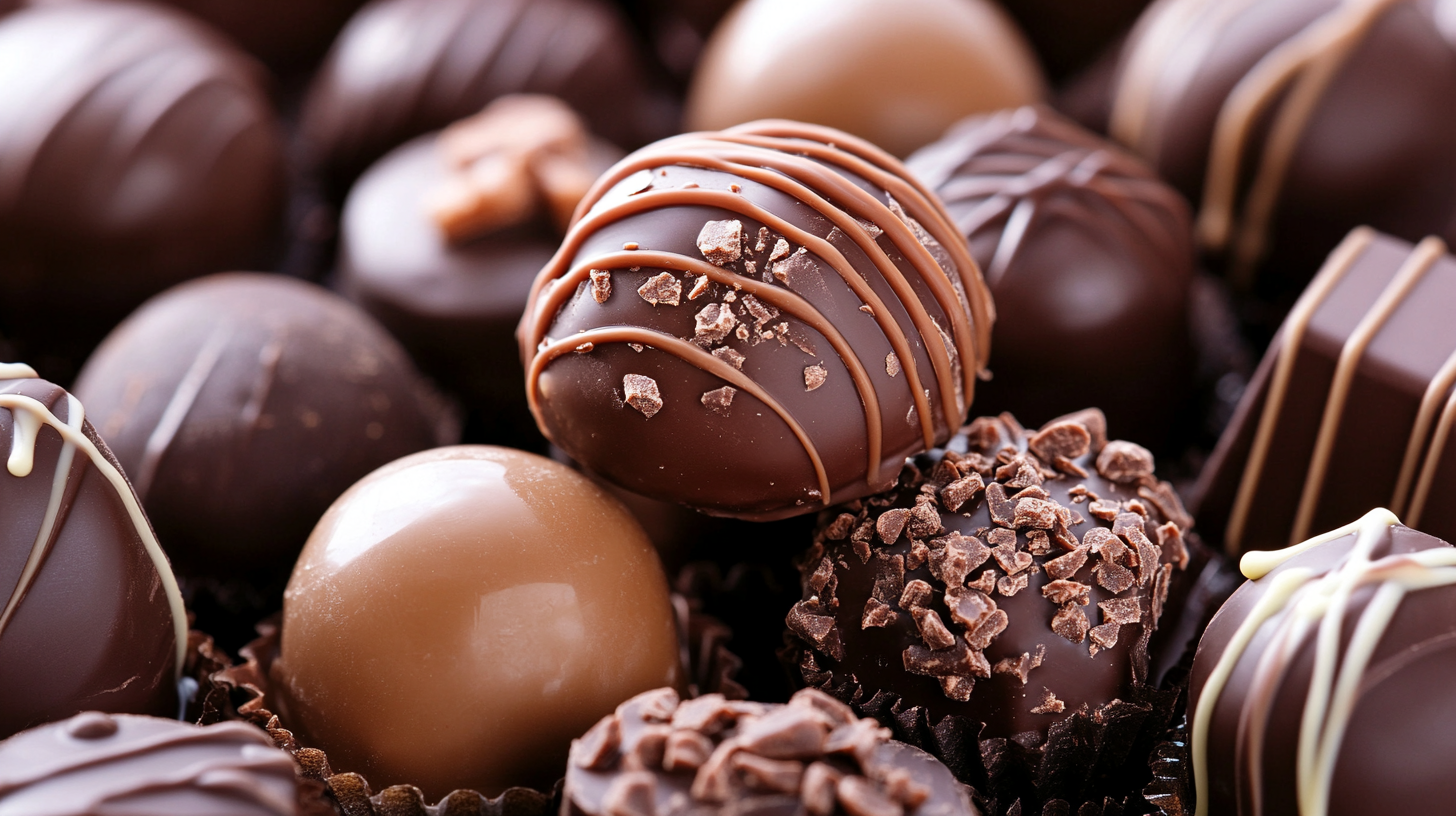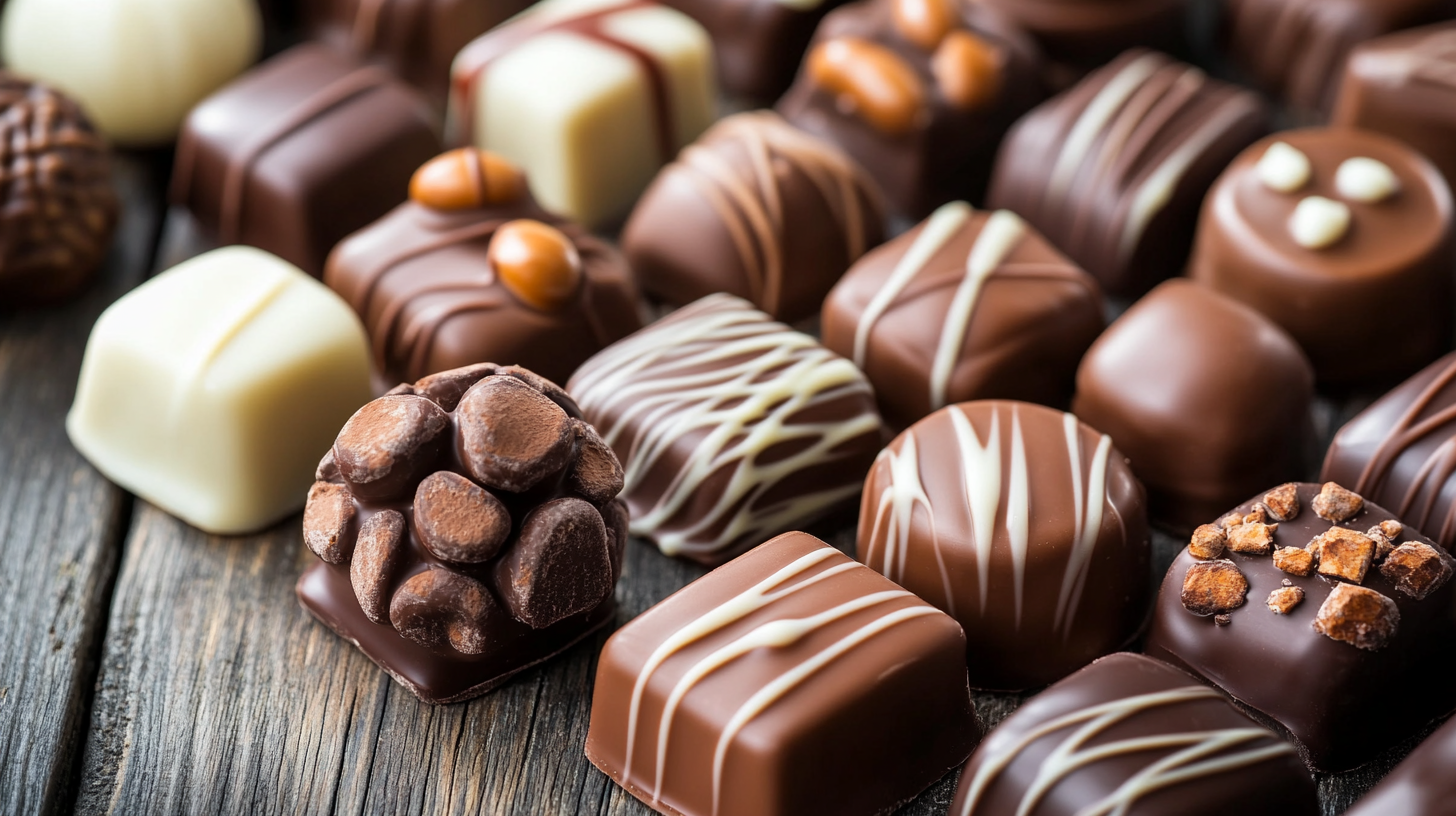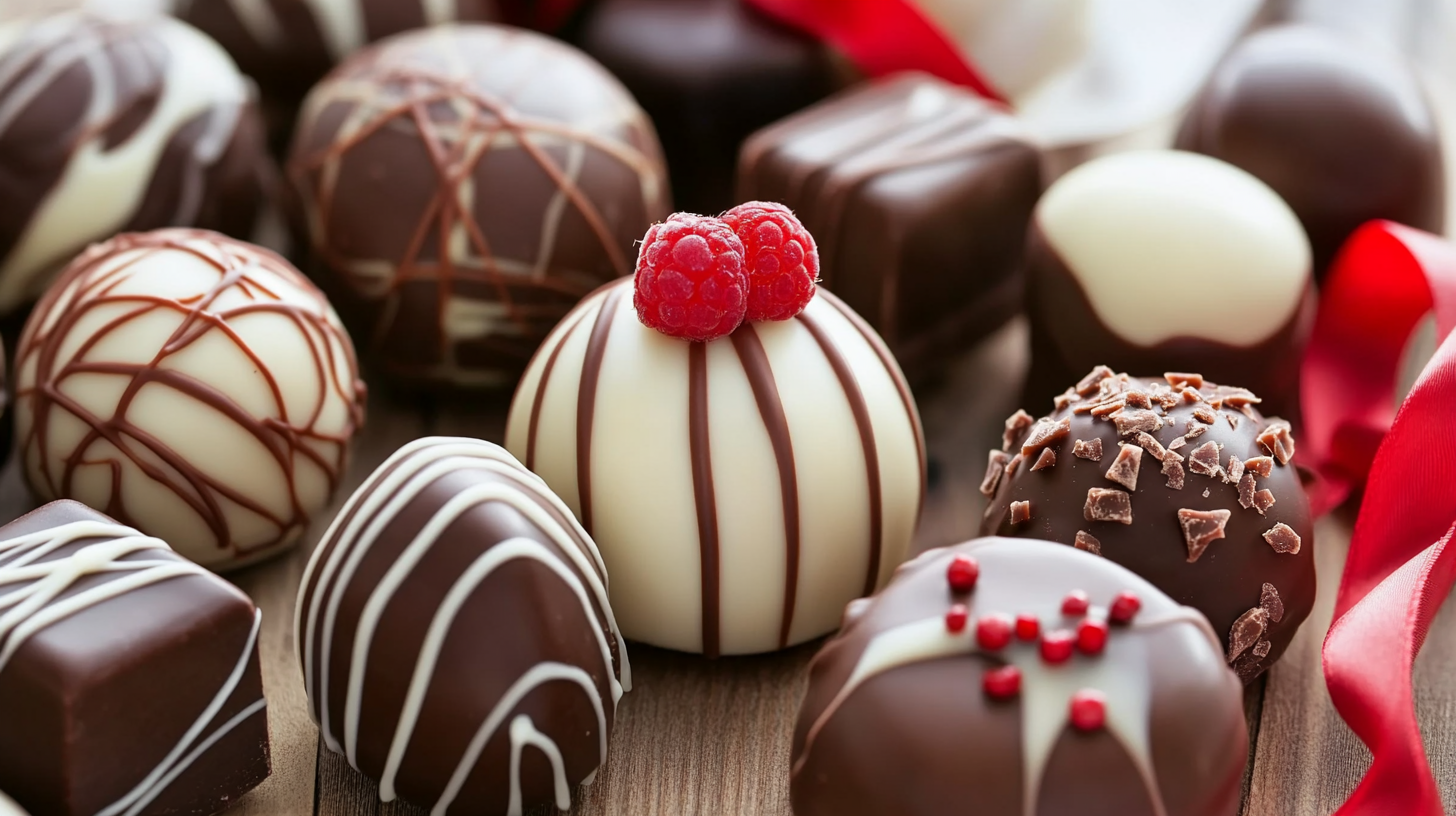Call for Price: 0086-15515573212
The chocolate industry is continuously evolving, driven by innovations in production and packaging that enhance efficiency and consumer appeal. One of the key players in this transformation is the Chocolate Wrapping Machine, which has become an essential component of modern chocolate manufacturing processes. As manufacturers seek to optimize their operations, these advanced machines not only streamline the wrapping process but also cater to the growing demand for aesthetically pleasing and sustainable packaging solutions. With global chocolate consumption expected to rise steadily through 2025, the trends surrounding chocolate wrapping machines will play a pivotal role in shaping market dynamics. From the integration of automation and smart technology to the adoption of eco-friendly materials, this blog will explore the current trends influencing chocolate wrapping machines and their implications for the future of the global chocolate market.

The chocolate wrapping machinery market is undergoing a significant transformation driven by emerging technologies that are revolutionizing production efficiency. According to a recent report by Smithers Pira, the demand for automated wrapping solutions is projected to grow at a compound annual growth rate (CAGR) of 7.5% through 2025. This shift is largely attributed to the industry's need for higher throughput and reduced labor costs. Modern wrapping machines are being equipped with advanced robotics and artificial intelligence, allowing for faster changeovers and seamless integration into existing production lines.
In addition to automation, innovations in sustainable packaging materials are influencing the design and functionality of chocolate wrapping machines. The Global Chocolate Market Report highlights that over 60% of consumers are willing to pay premium prices for products with eco-friendly packaging. As a result, manufacturers are investing in machinery that can handle biodegradable and recyclable materials, ensuring compliance with increasing regulatory demands and consumer preferences. These advancements not only improve operational efficiency but also enhance the brand's commitment to sustainability, which has become a key differentiator in the competitive chocolate market.
As we move toward 2025, the convergence of technology and sustainability in chocolate wrapping machinery will continue to shape operational strategies, fostering a more efficient and environmentally responsible production landscape in the chocolate industry.
This chart illustrates the expected growth in the chocolate wrapping machinery market driven by emerging technologies from 2023 to 2025. The data reflects the projected increase in production efficiency and market value.
As the global demand for chocolate continues to rise, the packaging industry is experiencing innovative shifts, driven largely by sustainability initiatives. Chocolate manufacturers are increasingly recognizing that eco-friendly packaging not only appeals to environmentally-conscious consumers but also strengthens brand reputation. The shift towards biodegradable materials and recyclable solutions has become a focal point for new chocolate wrapping machines, ensuring minimal environmental impact throughout the production process.
Many companies are investing in cutting-edge technology to create packaging that is not only sustainable but also enhances product appeal. Advances in smart packaging are particularly noteworthy, providing interactive features that engage consumers and encourage recycling. For instance, machines designed to utilize plant-based films or compostable materials are gaining traction, aligning with the global push toward reducing plastic waste. The combination of sustainability and technology is shaping a new landscape in chocolate packaging, encouraging innovation that meets both consumer expectations and environmental responsibilities.
With these trends set to escalate through 2025, the chocolate industry must adapt to a rapidly changing marketplace. The integration of sustainable practices in chocolate wrapping not only reflects a commitment to the planet but also drives competitive advantage. Ultimately, as consumers increasingly favor brands that prioritize sustainability, wrapping machines that cater to these needs will redefine the chocolate packaging sector, paving the way for a greener, more responsible future.
The chocolate wrapping machines market is witnessing significant transformation, driven by evolving consumer preferences and technological advancements. With the premium chocolate segment gaining momentum, manufacturers are increasingly seeking innovative packaging solutions that not only enhance product shelf appeal but also cater to sustainability demands. As health-conscious trends continue to influence buying behavior, the need for packaging that preserves product integrity while aligning with environmental standards is more critical than ever.
Key players in the chocolate wrapping industry are focusing on automation and high-speed solutions to meet the growing demands of the ready-to-eat market, projected to reach substantial values in the coming years. The integration of smart technologies in packaging machinery is anticipated to revolutionize production efficiency, enabling brands to stay competitive. Furthermore, regional markets such as Thailand are also emerging, indicating a shift towards premium chocolate offerings, thus fostering a dynamic competitive landscape. As we approach 2025, the landscape is set to evolve, with collaborations and innovations shaping the future of chocolate packaging.
| Market Segment | 2023 Market Share (%) | 2025 Projected Market Share (%) | Key Players | Trends & Innovations |
|---|---|---|---|---|
| Automatic Wrappers | 45 | 50 | Company A, Company B | Increased automation and efficiency |
| Manual Wrappers | 30 | 25 | Company C, Company D | Focus on artisanal products and packaging |
| Eco-friendly Wrapping Machines | 15 | 20 | Company E, Company F | Sustainable materials and practices |
| Customized Wrappers | 10 | 5 | Company G, Company H | Personalized packaging trends |
The global chocolate market is undergoing significant transformations as consumer preferences increasingly dictate packaging trends and designs. A recent report highlights a shift towards premium offerings, with over 40% of consumers expressing a preference for dark chocolate. This preference not only influences flavor innovation but also stimulates the demand for more sophisticated and appealing packaging solutions that reflect the high-quality nature of the product.
Emerging trends reveal that consumers are gravitating toward health-conscious options and artisanal products, alongside traditional gifting occasions for chocolates. As such, packaging is evolving to incorporate elements that convey freshness, sustainability, and aesthetic appeal. Reports indicate that the chocolate packaging market is expected to see a compound annual growth rate exceeding 5.1% from 2024 to 2032, spurred by an increasing inclination for personalized and premium packaging choices that resonate with consumer values.
Moreover, the gifting aspect remains pivotal, especially during festive seasons, where the chocolate packaging serves as an essential factor in consumer purchasing decisions. As reported, emotional value is becoming increasingly significant, leading brands to design packaging that evokes a sense of connection and celebration, aligning with the shifting landscape of consumer demands.

As the chocolate industry continues to evolve, the integration of automation in wrapping processes is revolutionizing production efficiency. The advent of advanced chocolate wrapping machines is not only enhancing speed but also ensuring precision in packaging. Automation minimizes human error, leading to a more consistent and high-quality product. With the increasing demand for chocolate, manufacturers are turning to automatic wrapping systems that can handle diverse product shapes and sizes, thereby catering to a broader consumer base.
Moreover, automated wrapping machines contribute significantly to sustainability efforts within the chocolate market. By optimizing material usage and reducing excess waste, these technologies align with eco-friendly practices. Modern machines are designed to accommodate biodegradable materials, helping brands meet the growing consumer preference for sustainable products. This strategic shift not only enhances operational efficiency but also aligns with global trends toward environmental responsibility, making automation a vital player in the chocolate industry's future.
